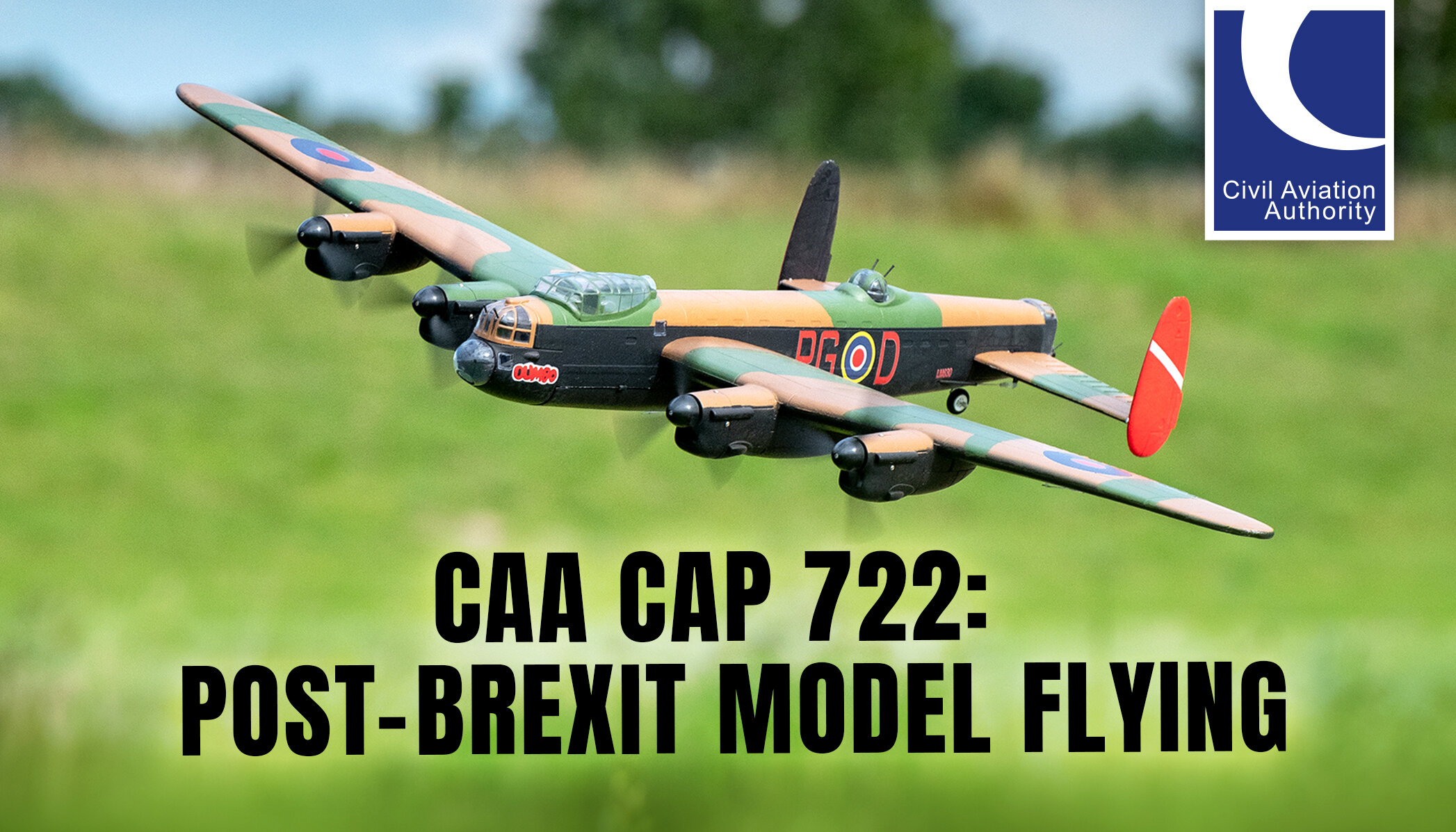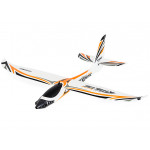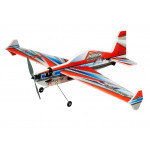
Back in 2019, the UK adopted the EASA's (EU) regulations for unmanned aircraft (UA); however, as of January 1, 2021, the UK is no longer an EASA Member State. So, what does that mean for you as an RC pilot operating in the British airspace? In today's blog, we will look at what has changed and how you can legally and safely operate your RC models in the post-Brexit era.
CAP 722: Unmanned Aircraft System Operations In UK Airspace
From 31 December 2020, all unmanned aircraft operations in the UK must adhere to the eighth edition of CAP 722: Unmanned Aircraft System Operations in UK Airspace. Published by the Civil Aviation Authority (CAA) on 5 November 2020, CAP 722 is fundamentally the UK’s adoption of the EASA's Unmanned Aircraft Regulation 2019/947 & 2019/945> - only with some slight amendments on the minimum age requirement for operators flying under the Open and Specific Categories.
As noted by the CAA, "From 31 December 2020 the rules for flying UA will be the same in the UK and all European member states." For more information on the new EASA rules and what they entail, read our blog New EASA Regulations for Unmanned Aircraft: Everything You Need to Know.
CAP 722 Exemptions
There are two ways to be exempted from CAP 722:
- Your operation(s) is within buildings or areas with no possibility for the aircraft to escape into the open air;
- You are a member of a club - BMFA, SAA, LMA, and FPV UK - and fly under the authorization of Article 16 issued by the CAA.
CAP 722 Summarized
Like the new EASA Regulations for Unmanned Aircraft, CAP 722 adopts a risk-based approach and does not distinguish between commercial and leisure activities; but on the specifications (weight) of the UA combined with the scope (risk) of operation.
Under CAP 722, three categories of operations are defined: the Open Category (low-risk), the Specific Category (moderate-risk), and the Certified Category (high-risk). Most, if not all recreational models flying will fall under the Open Category.
The Open Category
To be eligible to fly under the Open Category, here are the basic requirements:
- Your UA must weigh less than 25KG;
- You must pass the online test and hold a Flyer-ID, and must register as a UAS operator, and display your Operator ID on your UA;
- You must keep the UA in your direct sight at all times when flying to avoid any collisions.
- You are responsible for flying your UA in a safe manner and must not endanger anyone, or anything.
- You must not fly more than 400ft/120m above the surface.
- You must not fly within the Flight Restriction Zone of a protected aerodrome, or within any other airspace restriction without permission. More information on airspace restrictions.
The Open Category: Subcategories
The Open Category is further divided into three subcategories which are based on parameters such as where you can fly, and how close to people you can fly. These three subcategories are defined by CAP 722 as A1: Flying 'Over' People, A2: Flying 'Close to' People, and A3: Flying 'Far from' People.
To see which subcategory you are eligible to operate in, please refer to the table below:
| a1 | a2 | a3 | |
|---|---|---|---|
| Permitted Area of Operation | Residential, commercial, industrial, and recreational areas | Residential, commercial, industrial, and recreational areas | No flights within 150m horizontally of residential, commercial, industrial, or recreational areas |
| Separation From Uninvolved People | No flight over assemblies of people and no intentional flight over uninvolved persons | No closer than 50m horizontally | No uninvolved persons to be present within the area of the flight and no closer than 50m horizontally at any time |
| Permitted UA Type | Flying weight of less than 500g | Flying weight of less than 2kg | Flying weight of less than 25kg |
| Remote Pilot Age | 12 years of age (16 if supervising another remote pilot) | 12 years of age (16 if supervising another remote pilot) | 12 years of age (16 if supervising another remote pilot) |
| UAS Operator Registration | UAS operator must be registered unless your UA weighs less than 250g; is labeled a toy, and doesn't have a camera installed | UAS operators must be registered. | UAS operators must be registered. |
| Competence Requirements | DMARES online learning and obtain flyer ID | DMARES online learning, obtain flyer ID, and additional theoretical examination to obtain an A2 Certificate of Competency | DMARES online learning and obtain flyer ID |
Online Theory Test (Flyer-ID) & UAS Operator Registration
If you haven't already taken the online theory test to obtain your Flyer-ID or registered yourself as a UAS operator within the British airspace, you could do so here. The Operator-ID is valid for 1 year while the Flyer-ID is valid for 5 years.
Hear it First: Join our Mailing List
Sign up to receive new product updates, exclusive discounts, news, and more!






